Many times in the movies we have seen a patient who has just come out of therapy or surgery, receives bouquets of flowers, as a sign of care from colleagues, friends, and family. In practice, these things are not so easy to do, because hospitals have very strict rules when it comes to carrying flowers, especially because of the constant risk of allergies or bugs. However, in some cases, an exception is made and the patient can receive a bouquet for better health.
Fortunately, there are many services worldwide that can do this for us. We just need to pick the flowers and the message of healing and send them to the patient. They will be picked up by the hospital service to assess if the flowers may be standing in the room or if they will have to wait a while until everyone is sure that there isn’t any danger.
International services are a great option to send flowers to India from the USA, or to any other part of the world. No matter if you want to send birthday flowers to Pune, or some floral arrangement to Delhi, there are a lot of options, and surely, you are not limited only to these countries. Can you imagine sending bouquets from Europe to Japan, from Australia to South America, or from the Emirates to Russia?
This type of floral attention is also known as get-well flowers and is a recognizable gesture in many parts of the world. However, there are practical tricks so you can make the right choice. Certain types of flowers carry a different message. That’s why it’s important to know these tips, which you will read below, to make the right choice.
1. Make sure you are allowed to send flowers to that healthcare facility
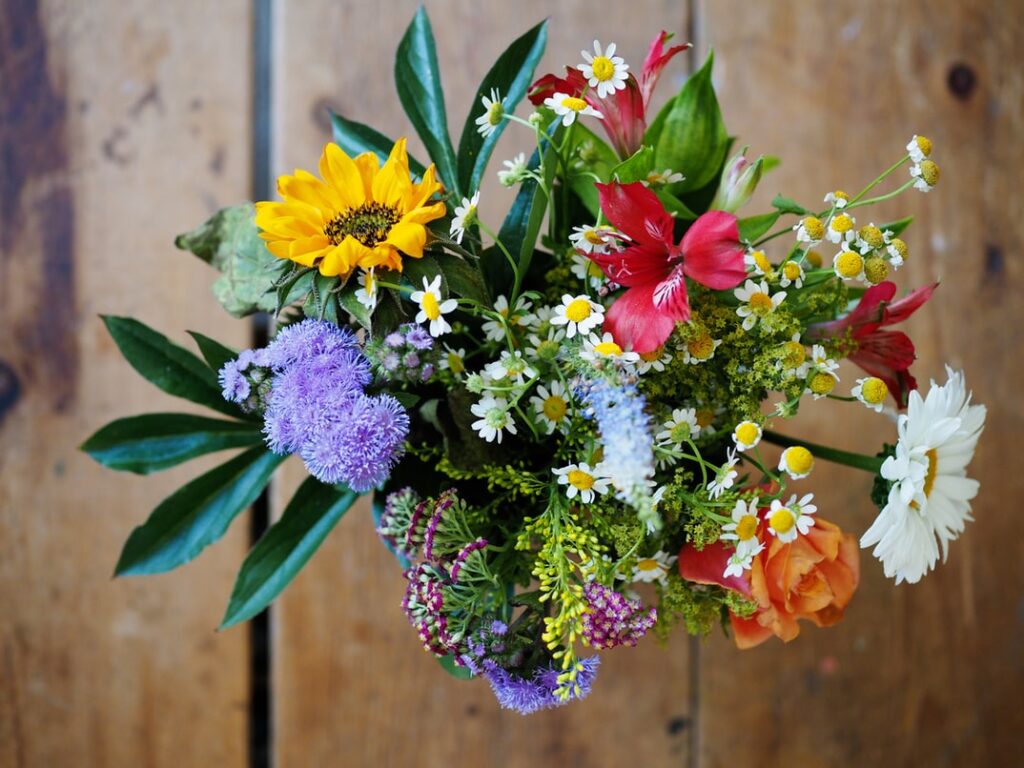
Call the hospital and make sure you can do it. Intensive care patients, in principle, can not receive gifts from outside, especially not now, in a time of the global pandemic. It is similar in the gynecological wards, where mothers and babies are. Although it may seem like a good gesture to congratulate with the help of flowers, it will probably never reach the patient, because the risk is very high. Some hospitals have very strict rules regarding this issue, so it is always better to inform yourself first, and then send anything to your family member, friend, colleague …
2. Choose flowers that do not cause allergies
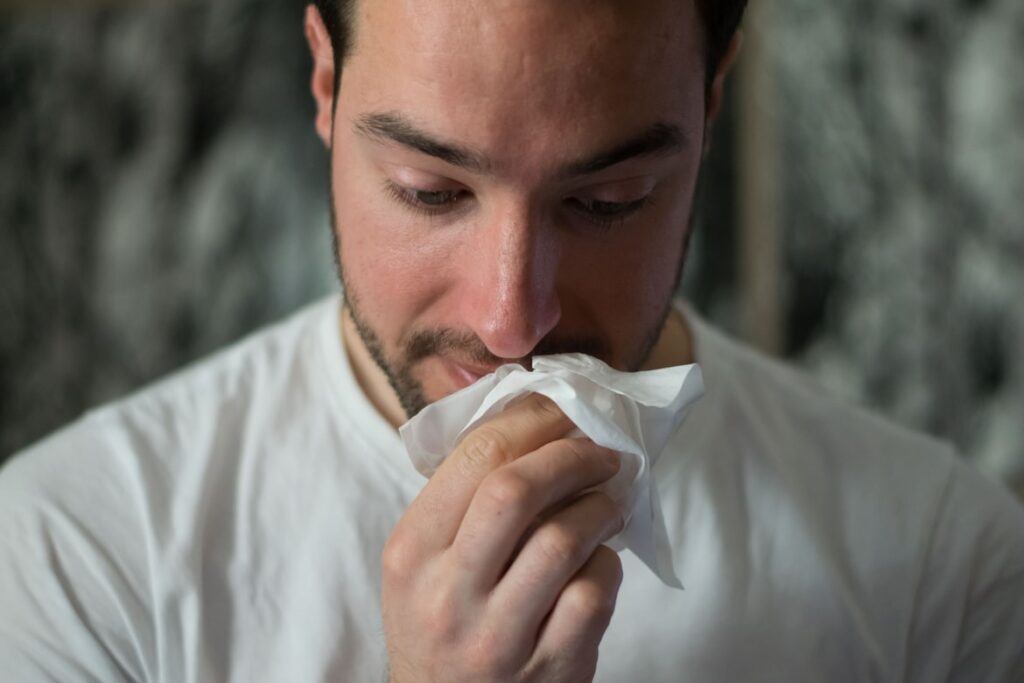
Pollen allergy is one of the most common in the world and almost everyone is more or less sensitive. However, flowers that cause severe allergic reactions should not be found in a hospital or in a patient’s room. You never know if they share a room with another patient, but also if they are not sensitive to that type. Some of the popular types are completely ant allergic, and if you want to play safe, we will suggest choosing begonia, iris, lily, daffodil, geranium, tulip, and so on. Check this one in advance, because you don’t want to cause sneezing and reactions to that person.
3. Choose soothing shapes and colors
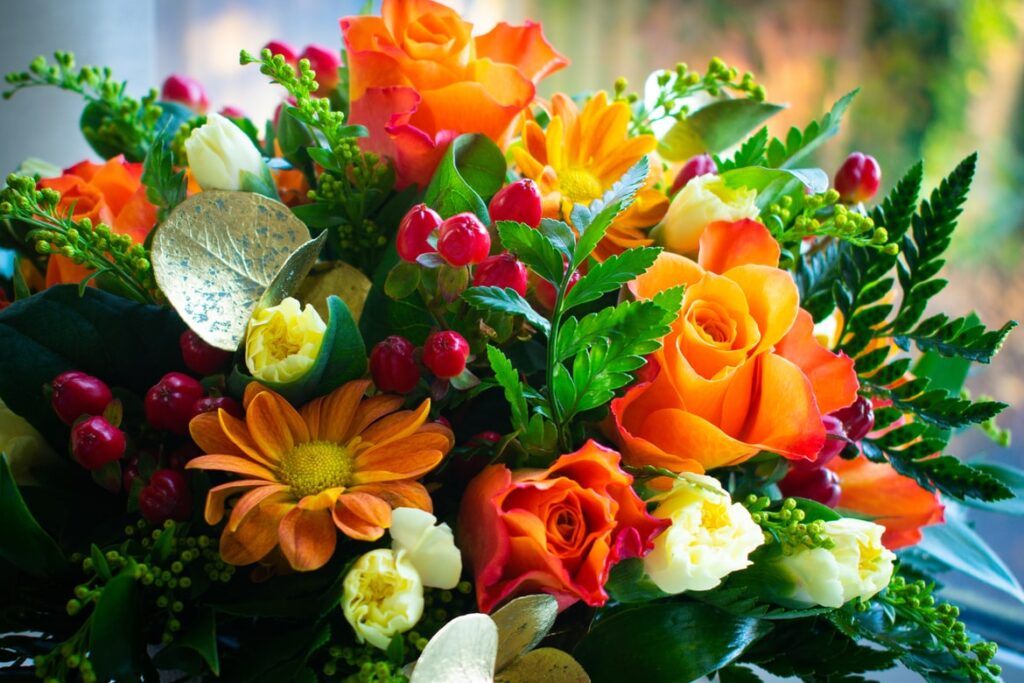
It may seem like a good idea to send roses or carnations, but in the case of a hospital, it is better to choose flowers with soothing colors, such as chrysanthemum, hyacinth, white roses, and similar to them. Red and pink bouquets can be very intrusive and provoke sensory reactions, but they are also known as colors that attract more attention. Safe colors are yellow and shades of purple, as well as green, which is the basis of many arrangements. Try to have as little intense odor as possible, so as not to cause other problems in the hospital.
4. Choose long-lasting flowers that do not require much care
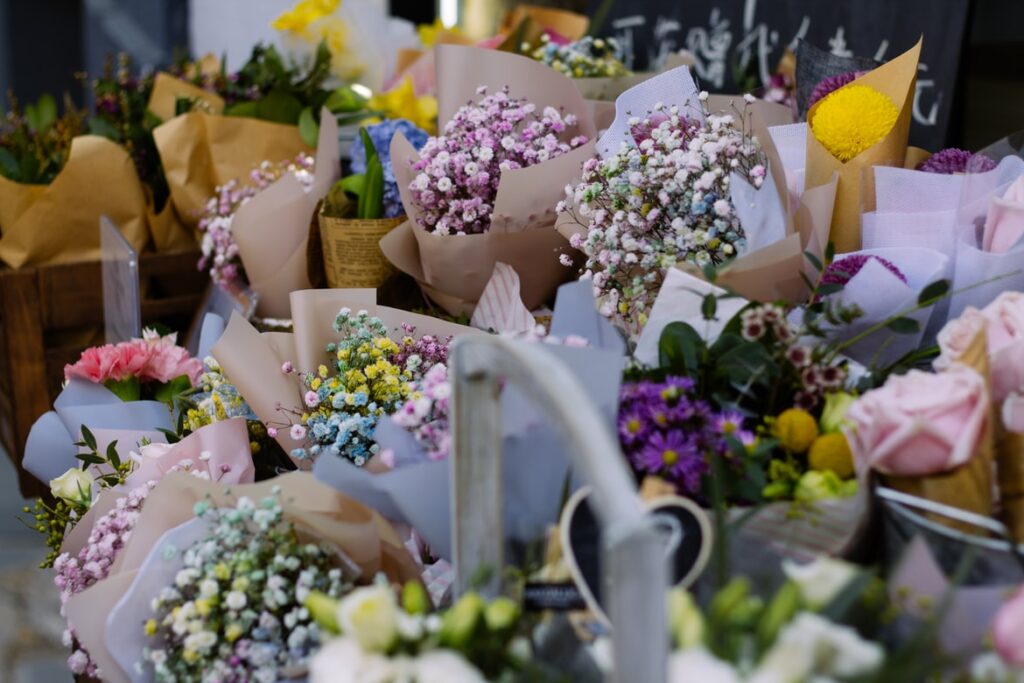
Some species require constant water change and removal of dried parts to make the bouquet last longer. But keep in mind that medical staff will certainly not do this, and patients are often unable to care for gifts. Therefore, we recommend that you choose something that lasts longer, without having to waste hours maintaining it.
5. Some blooms share a special message
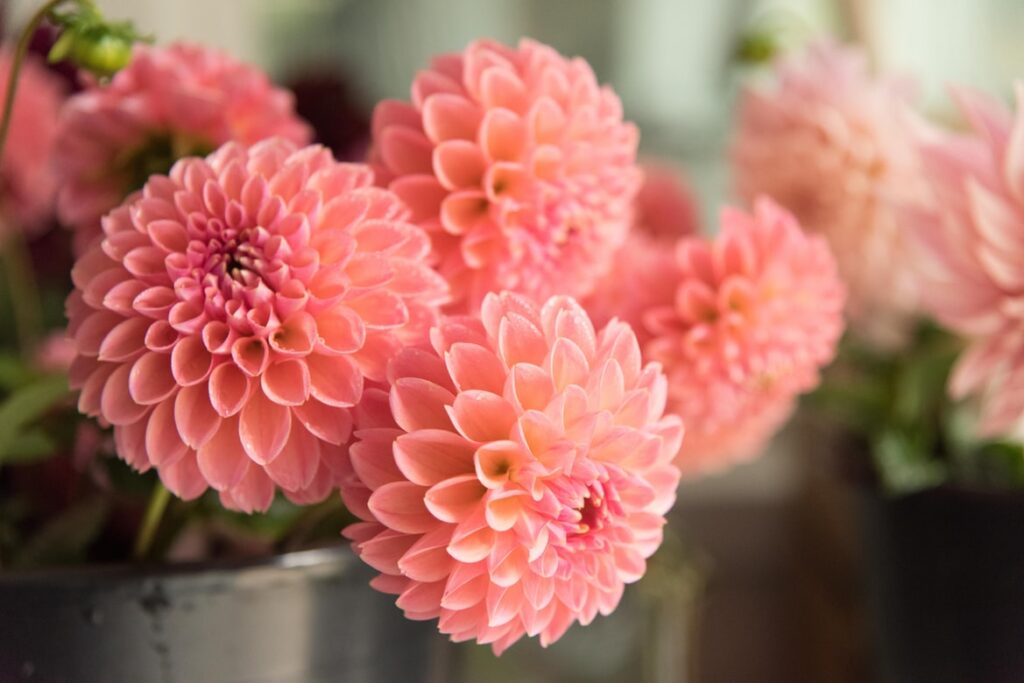
As we previously mentioned, the flowers have their own language and a long tradition in some cultures. First, you have to be careful about the patient’s origin and their religious views, because they may be different, and so would be the flower meaning. But, there is also an international floral language, and in that case, daisies are for happiness and cheerfulness, carnation is a wish of good luck, sunflowers are a symbol of wishing someone a long life, roses are love, well-being, and optimism… The best thing? You can combine those, to share your special message to the patient. For example, if you combine daisies with sunflowers, you are wishing them to get well soon and have a good life after that. Try to understand this language, and you will be able to send the right message to anyone.
6. Houseplants are a much better idea
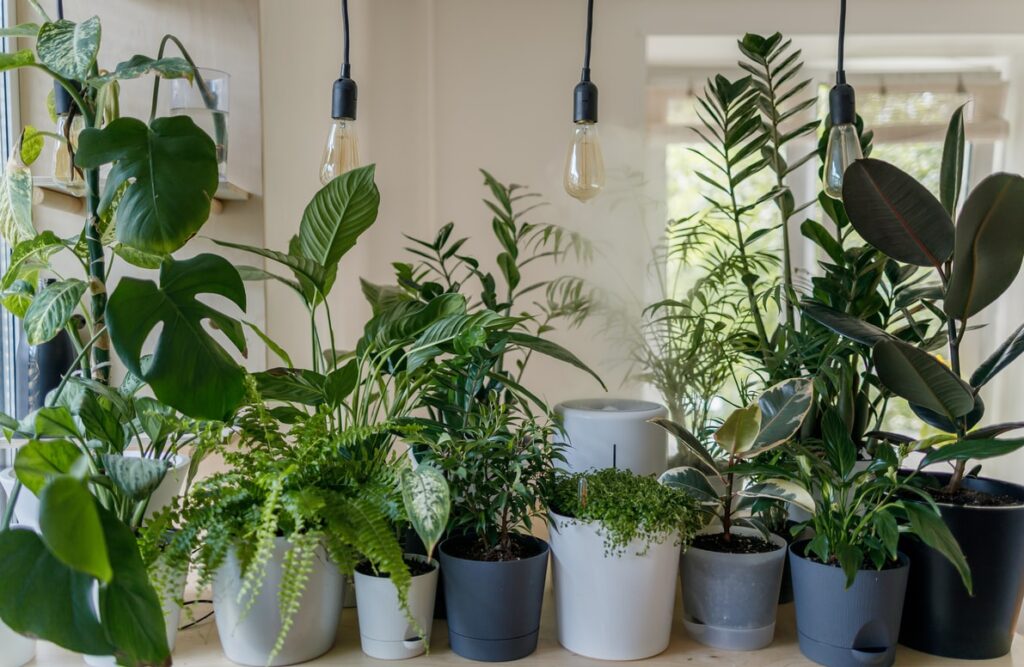
Indoor plants are long-lasting and usually safer for hospitals. Also, choose plants that do not require a lot of dedication and care in the first place. When they are done with the hospital treatment, the patients can take them home. The bonus of this choice is that these plants help to improve the oxygen level in the air and that is great, not only for the hospital but also for their home.
As you can see, there are a few principles to follow when you want someone to recover faster. Each flower speaks its own unique language, so it would be good to learn and recognize it, so as not to make a mistake. We advise you to first be well informed about the rules of the hospital so that you do not waste your money and patients never get your attention. The rest of the time, follow the tips in this post to make sure you did the right thing and the best you could.




